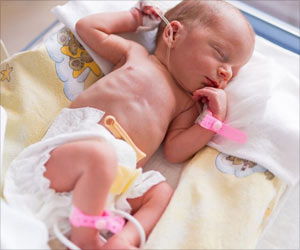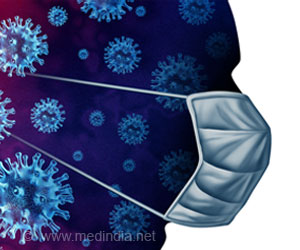As with other common germs, it can be spread through later ingestion of feces due to poor hand washing and through droplets sent into the air by coughing or sneezing. It is spread by people with symptoms of the infection and people without symptoms.
The bacteria can reproduce in the upper respiratory tract for 1 to 3 weeks and in the gastrointestinal tract for up to 6 months, according to the CDC.
Advertisement
Parechovirus often cause rashes on the hands and feet, which some experts refer to as “gloves and shoes,” says Christina Angel Bryant, MD, a pediatric infectious disease specialist at the Louisville Hospital.
The CDC urges doctors to test for Parechovirus if they recognize these symptoms in children and have no other explanation for their distress.
Is Parechovirus Preventable?
Parechovirus is transmitted through respiratory droplets and fecal-oral contact. Experts do recommend keeping young children out of public spaces, as similar to COVID-19 protocols, practice social distancing when taking your child outside.
The hygiene protocols that we have all become familiar with over the years can also help prevent the spread of Parechovirus. Hand washing, especially after diaper changes, and public contact, can help.
There is no specific treatment for Parechovirus, which is the same as dengue and so prevention is the key. And because there is no standard testing method, experts aren’t sure if the number of Parechovirus cases in 2022 is higher than in previous years.
Worries Caused by Parechovirus for Parents
Parents should contact their physician any time when their baby under 3 months has a fever even when it is a mild fever, as the fever could be a side effect of Parechovirus.
Respiratory symptoms such as runny nose, sneezing, rashes and behavioral changes should all be noted and told to the physician or practitioner.
As per Bryant, the message for parents is: Don’t panic. “This is not a new virus.” She told, “One of the most common symptoms is fever, and in some kids, that is the only symptom.” She also told, “Older infants and toddlers may have only cold symptoms, and some kids have no symptoms at all.”
But severe cases of Parechovirus in babies younger than 3 months can be more serious and potentially fatal. The CDC said they “may develop sepsis-like illness, seizures and meningitis or encephalitis, especially in infants younger than 1 month.” If your child shows any of these symptoms, please do contact your pediatrician immediately.
Because there isn’t good surveillance or testing for this virus, it’s unclear how common deadly infections like Ronan’s really are. One 2010 autopsy study from Wisconsin showed a Parechovirus present in at least 18 dead children in that state over a 17-year span, but it’s unclear whether those viruses are what actually caused the infant deaths.
Case of a Connecticut Infant
When baby Ronan was born on May 21 this year, he was a ‘healthy, full-term,’ 8 pound-5 ounce boy. But about 10 days later, his mother Kat DeLancy started noticing some redness on his face but had no fever and “seemed otherwise perfectly fine.”
After a couple of days, Ronan was irate and was crying. He stopped eating anything and his chest turned red. He has been sleepy and his energy levels were reduced.
Doctors suspected it could be due to crying, but “I just had a bad feeling,” DeLancy said. “He didn’t look good to me.” He then looked pale and his oxygen levels were down.
Immediately, the infant was intubated and they found out Ronan had been having seizures. Brain scans revealed some possibly repairable damage. But the tests took four days to reveal that he had a Parechovirus.
Ronan died after a month after confirming a severe version of a common virus, which shows up in many states. On 13th July, the CDC issued an alert warning all parents and physicians that the virus had been documented in several states and that all the samples collected have been for the most severe variant of the virus, PeV-A3.
How to Evade the Disease?
Hand washing and avoiding kissing or sharing drinks are critical things in preventing the deadly virus. The parents are not to blame when their kids get severely sick with Parechovirus.
Because there’s no good surveillance or testing for the virus, it’s unclear how common deadly infections like Ronan’s infections really are. A 2010 autopsy study from Wisconsin showed that at least 18 dead children in that state over a 17-year period had a Parechovirus, but it was unclear whether the viruses were actually responsible for the infant deaths.
DeLancy, Wong and Bocchini all believe that greater awareness and testing of the virus now will help providers better understand the scope of the problem. This could lead to future antiviral treatments for the disease, rapid tests or, one day, a vaccine for pregnant mothers.
“It’s a very long term goal,” DeLancy said, but she hopes in a decade or so, “they’ll be able to give them a medication or something to treat it before it escalates to needing to go to the hospital.”
Source: Medindia



